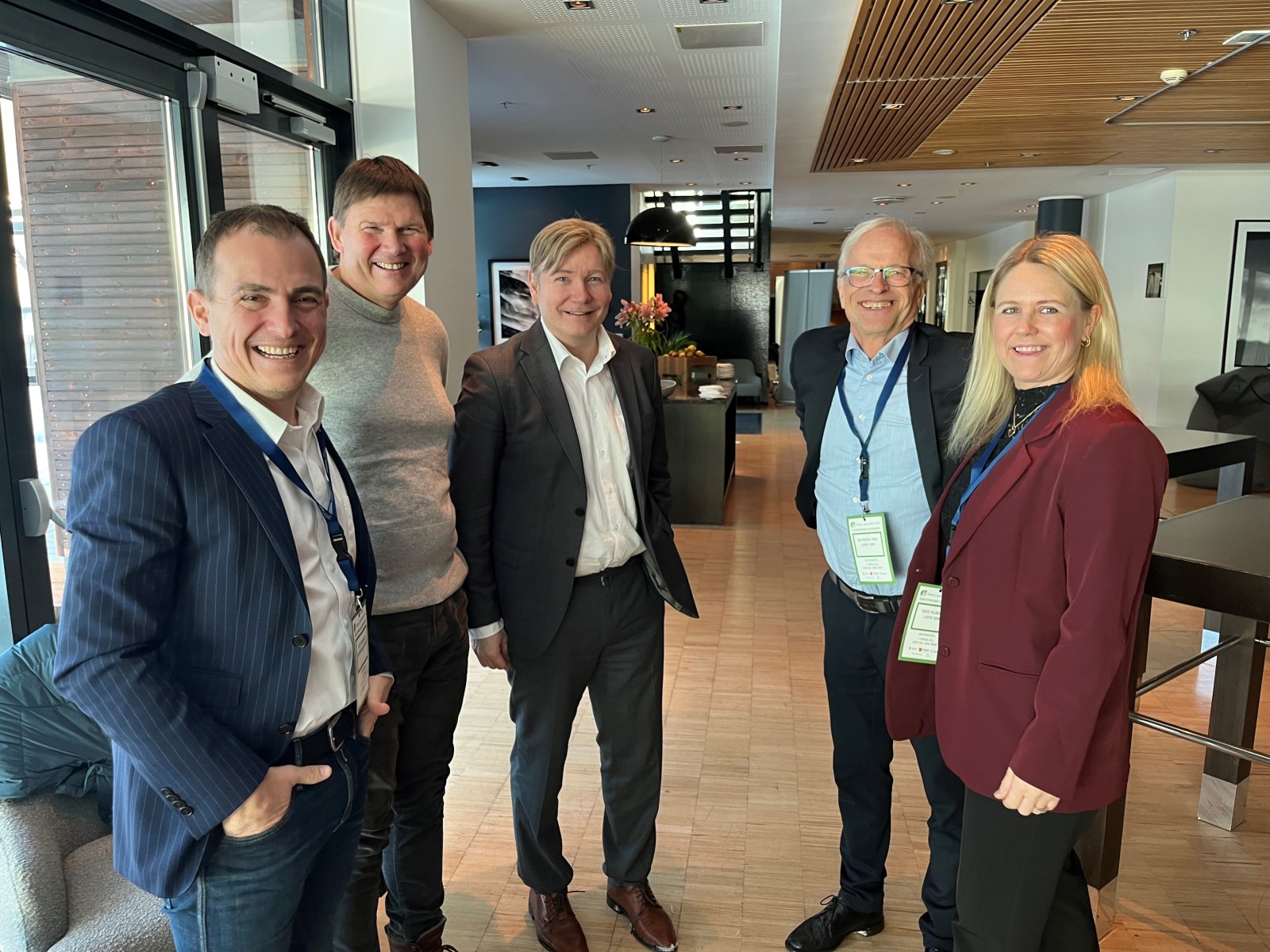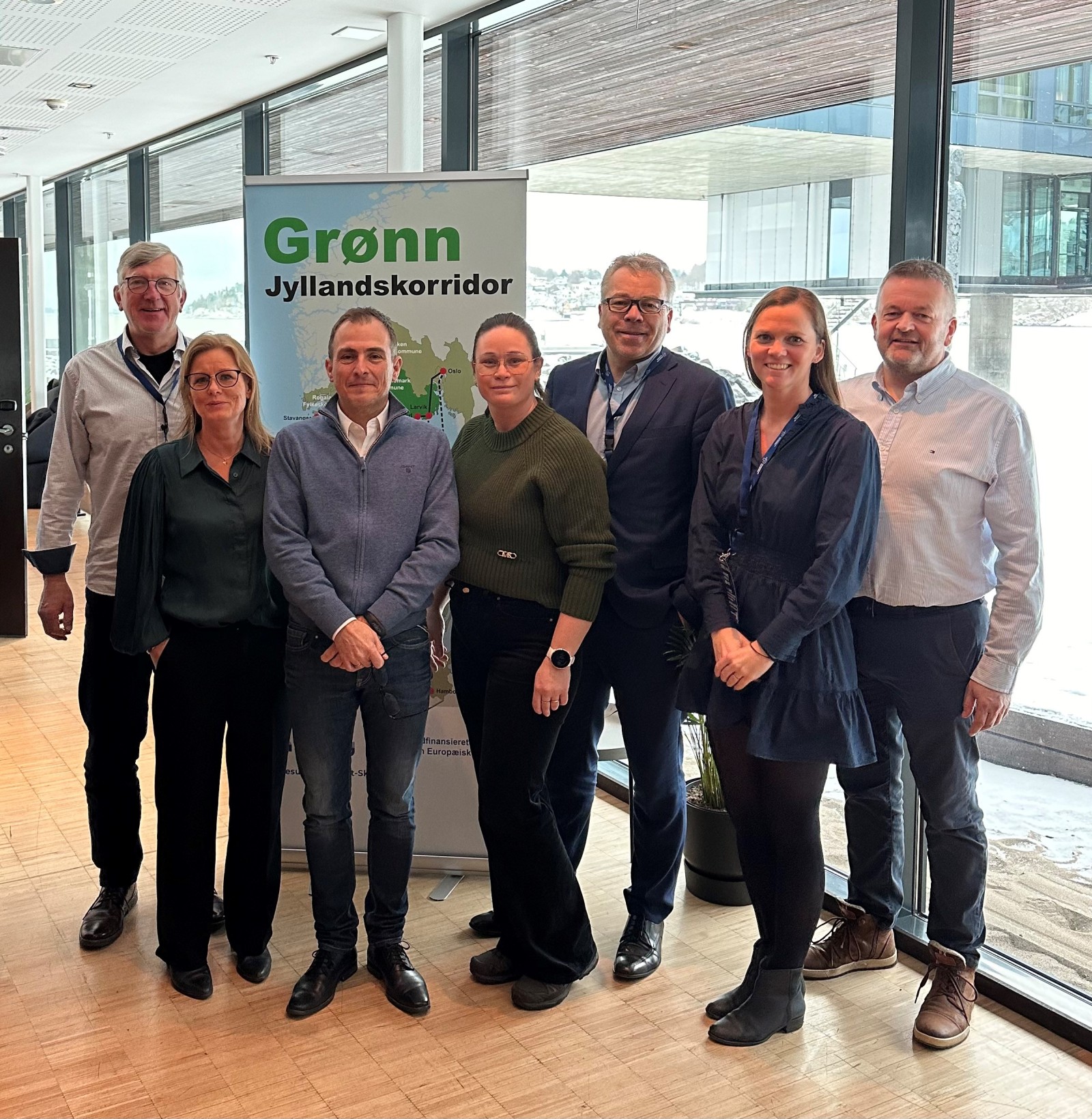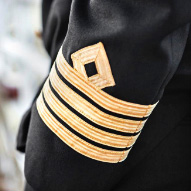

Maritime and traffic
Maritime and traffic
Maritime and traffic
Operational information, services and facilities for safe, efficient and sustainable shipping.
Recreational boat and measures in the sea
About the port
About the port
About the port





